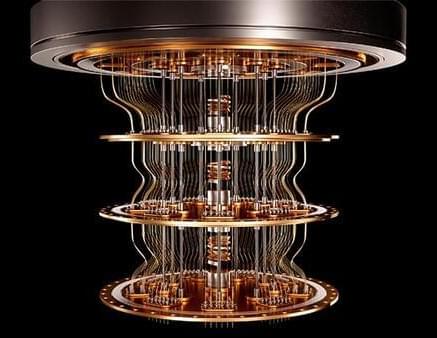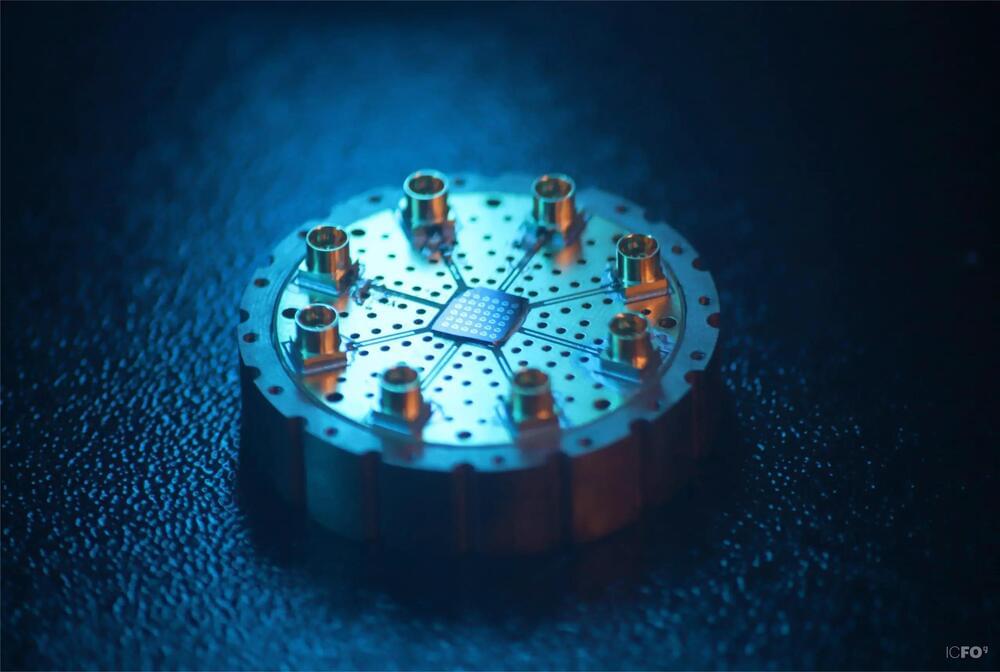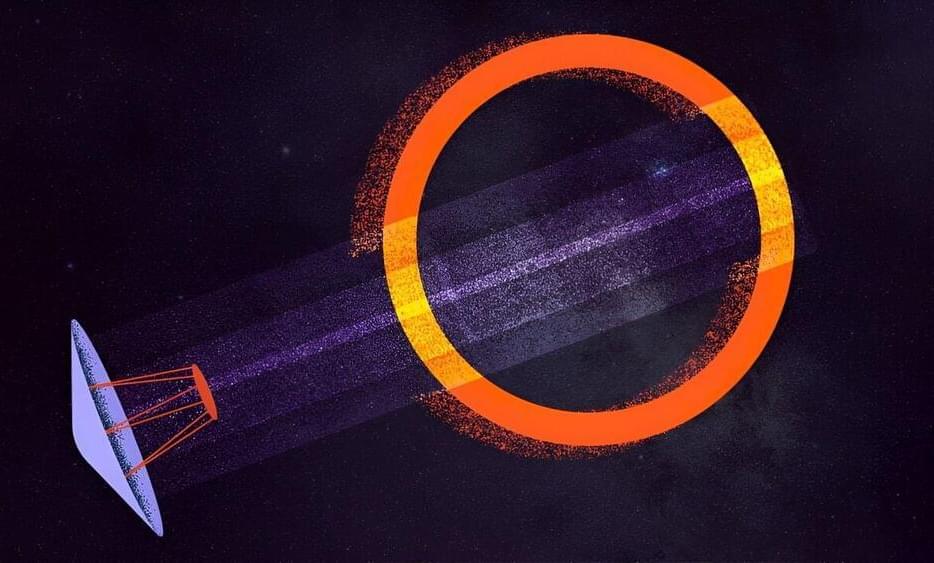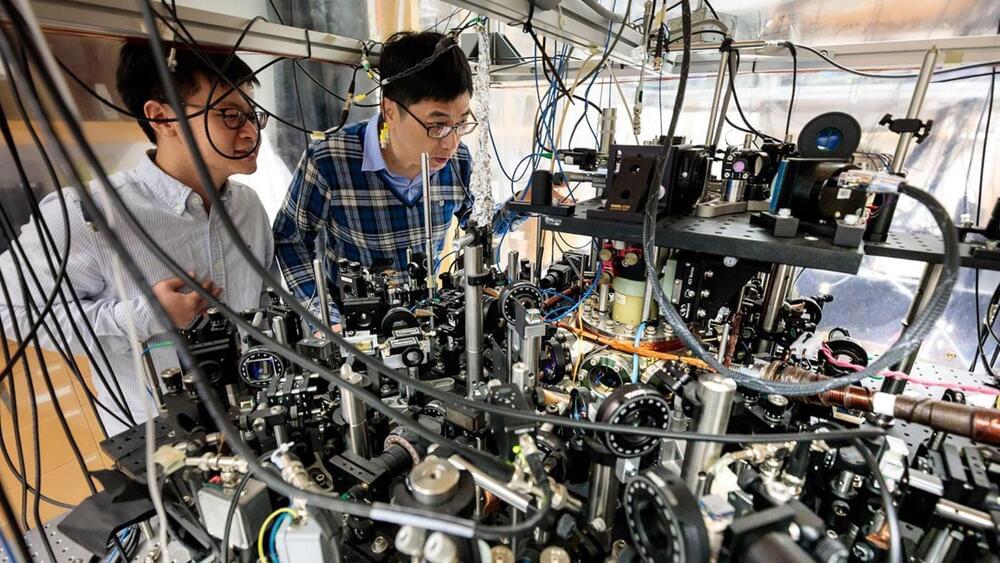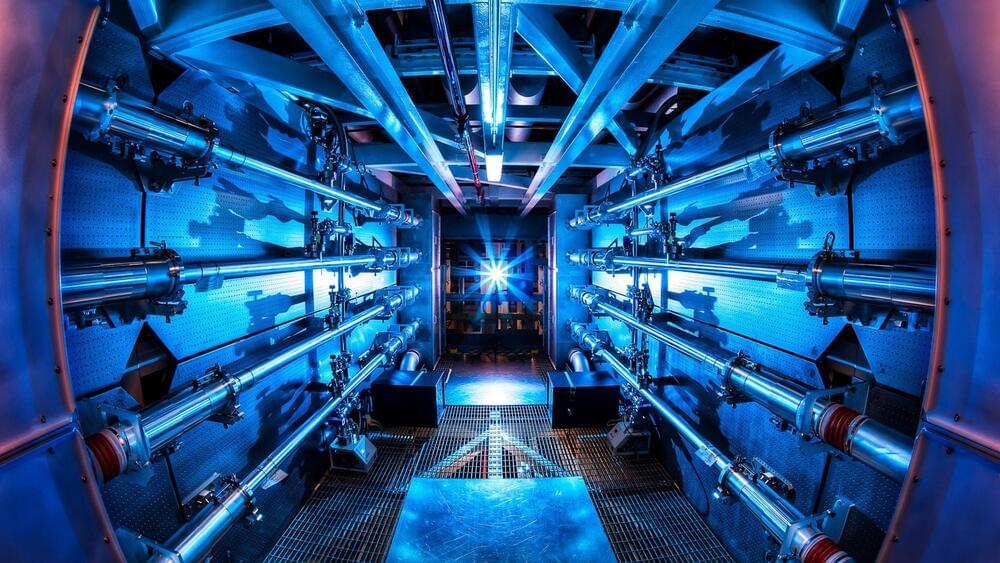😗😁Year 2015
(12 Apr 1997) English/Nat.
British and Dutch scientists using a giant magnetic field have made a frog float in mid-air, and might even be able to do the same thing with a human being.
The team from Britain’s University of Nottingham and the University of Nijmegen in the Netherlands has also succeeded in levitating plants, grasshoppers and fish.
Scientists at the University of Nijmegen in Holland have managed to make a frog float six feet (approximately two metres) in the air — and they say the trick could easily be repeated with a human.
The secret is not magic but a powerful magnetic field which overcomes the force of gravity.
The field makes the frog’s atoms generate a weak magnetic force in the opposite direction.
This causes it to be repelled in the same way as like poles of two magnets.
Plants, grasshoppers and fish have been levitated by the research team in the same way.
NASA, apparently, is extremely interested in the experiment in order to be able to test the effects of weightlessness on astronauts without having to put them into space.
Easy, says team leader Dr Andre Geim.
SOUNDBITE: (English)
There is no problem with putting a man by this magnetic levitation, to fly in the air. Technically we can do it with you without any problems.
SUPER CAPTION: Dr Andre Geim, Director of the High Field Magnetic Laboratory of the Catholic University of Nijmegen.
And for those worried about the effects on the frog — don’t worry.
He’s not hopping mad — quite the opposite, in fact.
Find out more about AP Archive: http://www.aparchive.com/HowWeWork.
Twitter: https://twitter.com/AP_Archive.
Facebook: https://www.facebook.com/APArchives
Instagram: https://www.instagram.com/APNews/
#frog #float.
You can license this story through AP Archive: http://www.aparchive.com/metadata/youtube/f760c710bc6ebc4556bfd7fb75d70404
